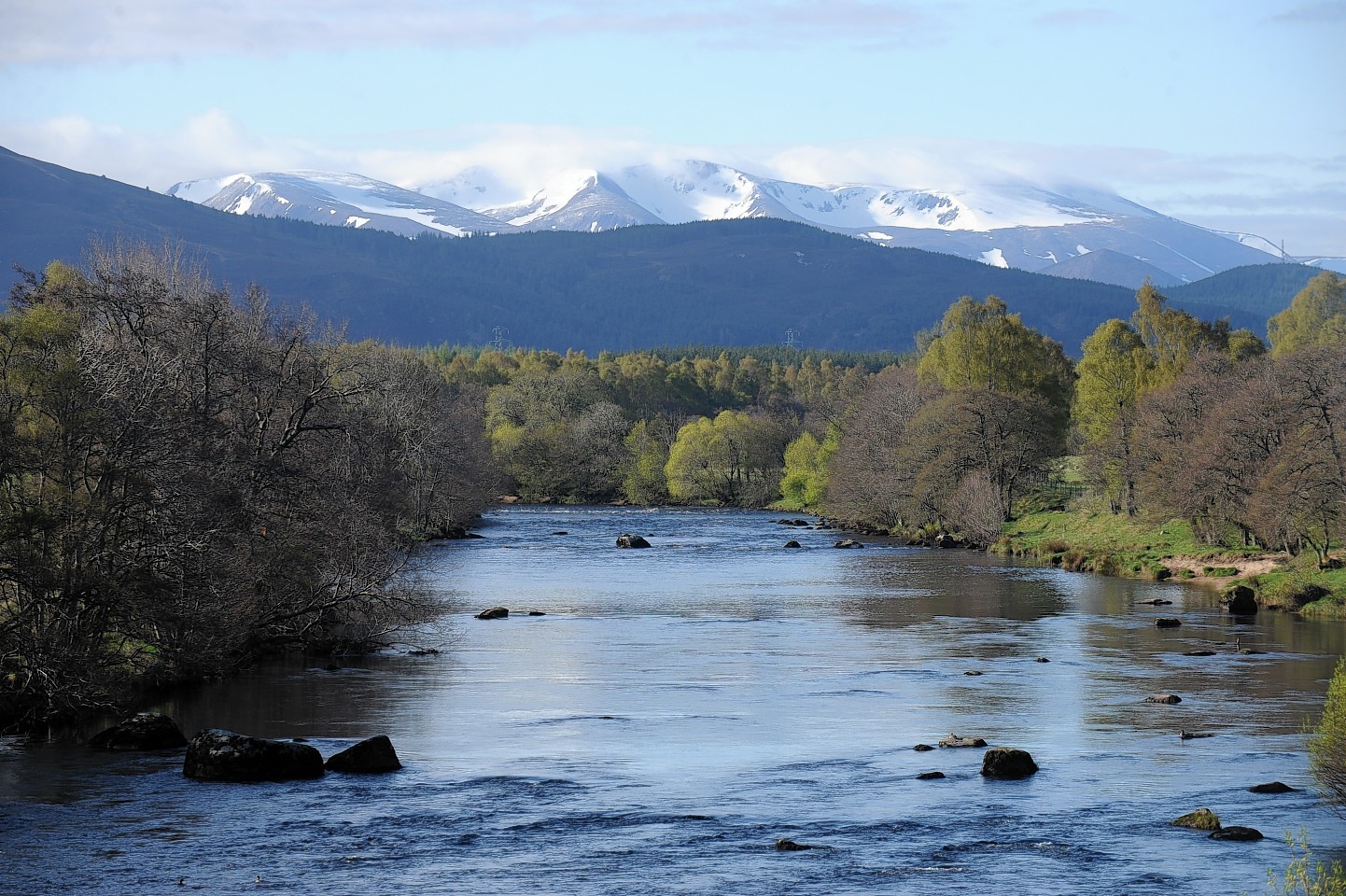Millions of freshwater pearl mussels in the north’s biggest river have been killed in the past 15 years.
Environmental campaigners have warned that the collapse in the population in the River Spey has been caused by house building in Strathspey.
A report produced by the James Hutton Institute in Aberdeen revealed that the number of mussels in the river has halved from around 10 million in 1998 to five million in 2013.
Researchers suggested that high levels of phosphorous and other pollutants from sewage works along the Spey were to blame.
The scientists say that discharges from Aviemore sewage works caused the most concern, but add that other works at Carrbridge, Nethybridge, Dulnain Bridge and Grantown were also having an effect on standards.
Freshwater pearl mussels live at the bottom of clean fast-flowing rivers and are classed as a globally endangered species.
The figures were obtained by the Badenoch and Strathspey Conservation Group after a freedom of information request.
The group’s vice-convener Roy Turnbull said: “The pearl mussel decline follows the building of about 3,000 houses in Strathspey in the past 30 years.
“Yet the national park plans to allow thousands more houses, which would increase the pollution of the Spey.”
Craig Macadam, Scottish director of conservation charity Buglife added: “The loss in 10 years of more than half of these animals from the River Spey is a national tragedy.
“Further increasing the levels of damaging pollution through a development boom in the Cairngorms National Park would be an act of profound vandalism on our most fragile heritage.”
Cairngorm National Park director of conservation Hamish Trench said that they would consider a an environmental study before confirming their plans for housing in the area.
He added: “We are of course concerned about the conservation status of the fresh water pearl mussel in the national park and we await the full SNH survey results so that we can get a clear picture of the issue we’re facing and what practical steps we can take.”
